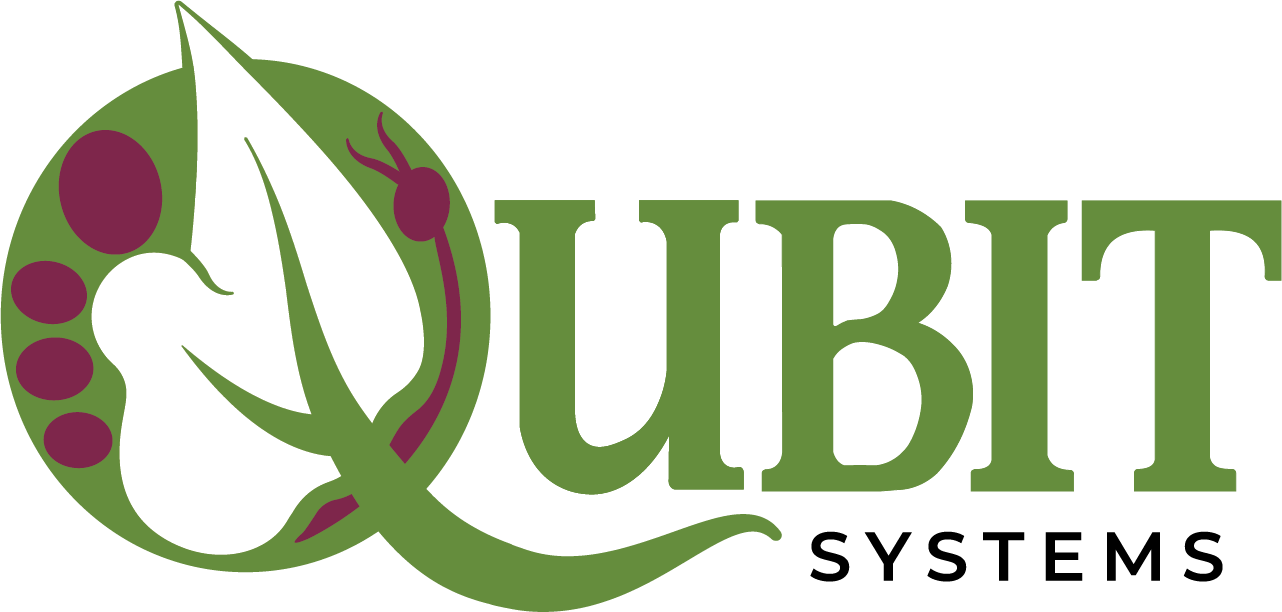
The Climate Crisis and Environmental Monitoring
On November 20th, the United Nations annual Emissions Gap Report stated that the world faces between 2.5C (4.5F) and 2.9C (5.2F) of warming above pre-industrial levels if governments do not boost climate action. U.N. Secretary-General Antonio Guterres said “The emissions gap is more like an emissions canyon,” and scientists are predicting the world could pass several catastrophic points of no return, from the runaway melting of ice sheets to the Amazon rainforest drying out. Even in the most optimistic emissions scenario, the chance of now limiting warming to 1.5C is just 14%, since greenhouse gas emissions must fall by 42% by 2030 to hold warming at this level. And yet within governments and (shamefully) within the scientific community, there are those who deny or minimize this existential crisis. So, what can we do about it? The best we can, I suppose, by furthering research and, critically, modifying our behaviour on many levels, from diet to all other aspects of consumerism. Hopefully, Qubit Systems can help by continuing to offer equipment for environmental monitoring at prices that make sense.
Dr. Steve Hunt, President and CEO.
Methane and CO2 Gas Analyzers
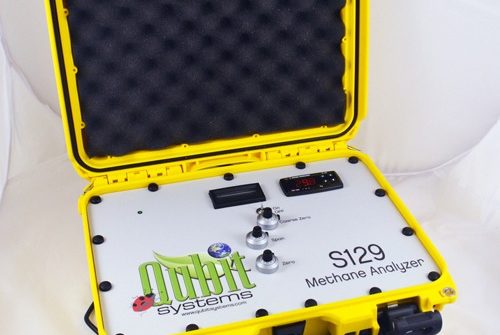
Agriculture is the second largest source of greenhouse gas emissions, with the beef industry a major contributor, accounting for 3.3% of all emissions in the USA. Some argue that livestock farming contributes a trivial proportion to overall emissions (especially those dependent on funding from meat producers), but this “mere” 3.3% is equivalent to the TOTAL GHG emissions from Spain. It’s been said it’s OK to eat your burger provided you don’t drive to McDonalds, but a study published in Science states that the single most impactful food-related change to combat climate change is to adopt a plant-rich diet. While this could increase human methane production (and olfactory atmospheric pollution), such a a minor nuisance would be vastly offset by reducing emissions from bovine belching, and deforestation to support cattle feed.
Qubit’s methane analyzers have ranges of 0 – 100, 0 – 500, and 0 – 5000 ppm, while our CO2 analyzers for atmospheric monitoring have ranges of 0 – 2000 ppm and 0 – 1% CO2,. All analyzers are supplied in a temperature-controlled case to ensure stable calibration. Prices start at less than $6000 USD. MORE
SR1LP Q-Box Soil Respiration Package
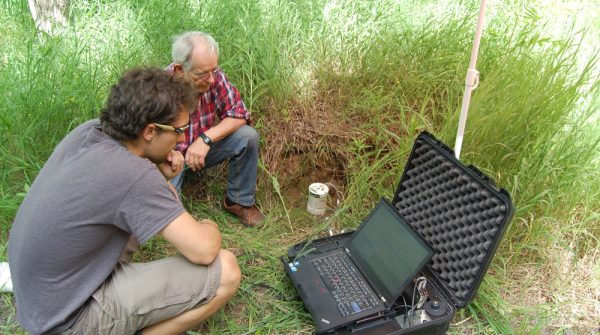
Soil can be a source and sink for greenhouse gases depending on how land is managed (for more, read this Article). Qubit’s SP1LP Q-Box Soil Respiration Package is used to measure CO2 evolution from the soil in the field or the laboratory. Respiration is measured in situ with a soil chamber placed over the soil in the field, or soil samples may be brought back to the lab and measured in a flow-through chamber. The Q-Box SR1LP package includes probes to measure soil temperature and moisture, as well as an RH analyzer to monitor soil water loss. Flow through the system is monitored by a mass flow monitor, and an absolute pressure sensor measures atmospheric pressure. Data are displayed, recorded, and processed with Logger Pro software using a PC or Macintosh computer. The SR1LP retails for $13,000 USD. Learn MORE
Monitoring Ocean Health using the CISME Coral Metabolism System
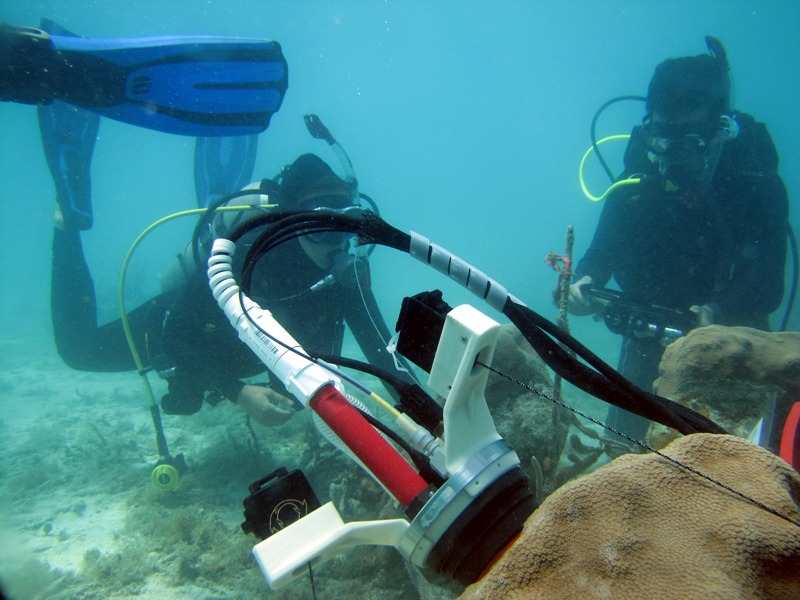
The earth’s oceans are warming, due primarily to greenhouse gas emissions from human activities. This has caused mass coral bleaching events and infectious disease outbreaks. Additionally, ocean acidification caused by elevated dissolved CO2 has reduced calcification rates in reef-building and reef-associated organisms. Qubit’s CISME system is a unique diver-deployable respirometer developed to make non-destructive and non-invasive measurements of coral metabolic rates in situ under ambient conditions. A chamber is placed gently on the coral surface, and changes in oxygen and pH are measured during a short incubation period. Respiratory and photosynthetic rates are calculated from concentration changes in oxygen and carbon dioxide within the enclosed volume. Rates of (de)calcification are measured by sampling water from the chamber during incubation, followed by titration in the laboratory. MORE
The ROX Box - Hyperspectral Reflective Measurements

Deforestation and desertification have long been studied using remote sensing via satellites. On a terrestrial level, the ROX is an automated field spectroscopy device capable of unattended collection of continuous, long-term hyperspectral measurements. It was developed in a collaboration between Jülich Research Center and the Remote Sensing of Environmental Dynamics Laboratory of the University Milano Bicocca, and is designed for long-term measurements of solar radiance, reflected radiance and reflectance. Its robustness and flexibility make the ROX suitable for numerous applications including vegetation monitoring (numerous reflective vegetation indices such as NDVI, PRI etc.), and monitoring water quality, snow and ice. Learn MORE.
Recent Publications:
P. Naethe et al. (2023) Calibration and Validation from Ground to Airborne and Satellite Level: Joint Application of Time- Synchronous Field Spectroscopy, Drone, Aircraft and Sentinel-2 Imaging. PFG – Journal of Photogrammetry, remote Sensing and Geoinformation Science.https://doi.org/10.1007/s41064-022-00231-x
E. Rommel et al. (2022) Very High-Resolution Imagery and Machine Learning for Detailed Mapping of Riparian Vegetation and Substrate Types. Remote Sensing 14(4), 954https://doi.org/10.3390/rs14040954
The FLOX Box - Solar-Induced Chlorophyll Fluorescence
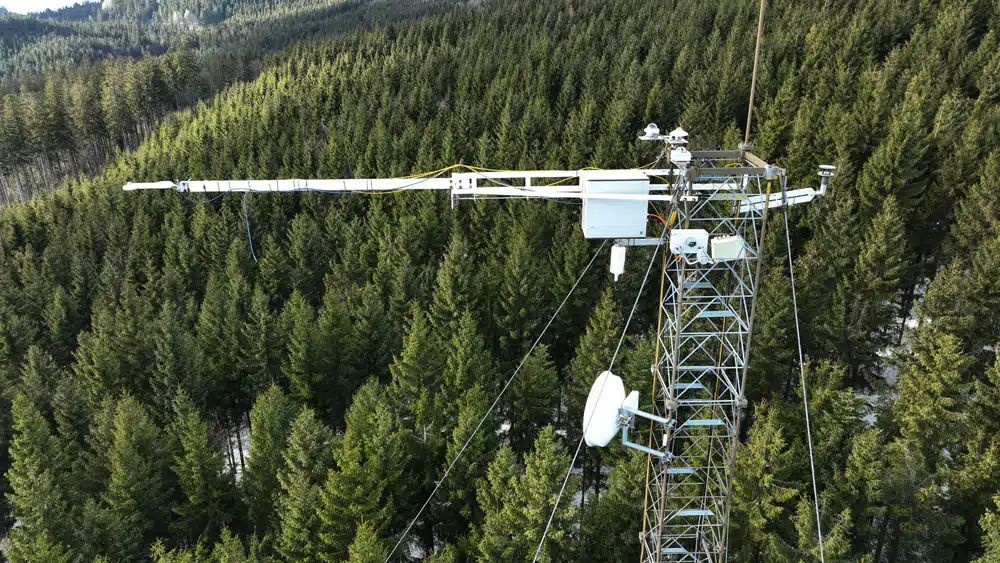
Climate change is responsible for increasing the severity of many stresses that affect plant growth and crop yield. Measurement of solar-induced chlorophyll fluorescence (SIF) is considered the most direct, non-invasive remote-sensing method for tracking photosynthetic activity and its dynamics at the leaf, canopy, ecosystem, and global scale. Accurate measurements of SIF are crucial for understanding photosynthesis and its dynamics in the field, and may be used to monitor changes in plant and algal responses to environmental stresses affecting growth and yield, including drought, temperature, salinity, atmospheric pollution and nutrient availability. The FLOX represents the most advanced system available for SIF measurements in agriculture, forestry and other remote locations. It may be deployed on a tower or tripod and is fully compatible with Licor Eddy Covariance Systems. MORE
Recent Publications:
J. Zhu et al. (2023) The relationship between wheat yield and sun-induced chlorophyll fluorescence from continuous measurements over the growing season. Remote Sensing of Environment 2023. https://doi.org/10.1016/j.rse.2023.113791
H. Tømmervik et al. (2023) The northernmost hyperspectral FLoX sensor dataset for monitoring of high-Arctic tundra vegetation phenology and Sun-Induced Fluorescence (SIF)https://doi.org/10.1016/j.dib.2023.109581
Handheld Hyperspectral; and Chlorophyll Fluorescence Monitors
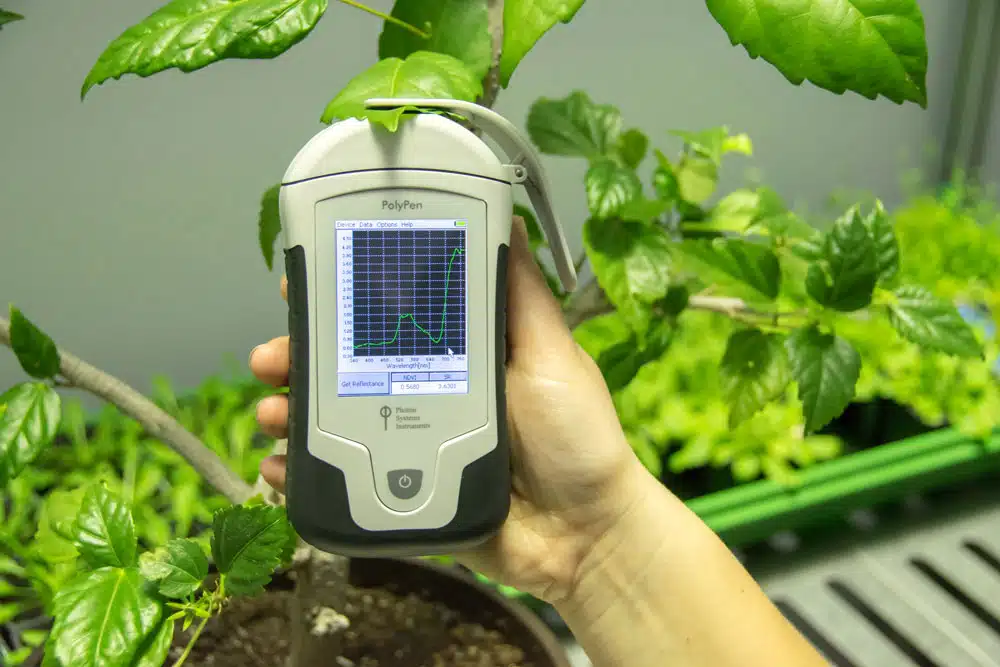
Whereas the ROX and FLOX are used to monitor plant reflective indices and chlorophyll fluorescence kinetics on a canopy basis, Qubit Systems’ range of handheld devices provides a low-cost, rapid and extremely accurate way of monitoring these parameters at the level of individual leaves in the field and laboratory. Individual Plantpens are available for monitoring NDVI, PRI and NDGI (for nitrogen content). Our Polypen is a hand-held spectrometer that records the VIS/NIR reflectance spectrum from a leaf for the calculation of numerous reflective indices. Our range of Fluorpens incorporates PAM technology for measuring all chlorophyll fluorescence quenching parameters, including OJIP analysis. Data from Plantpens, Polypens and Fluorpens are downloadable for analysis in customized software. For more on PlantPens and Polypens click HERE. For more on Fluorpens click HERE
Upcoming Conferences and Exhibitions
Please visit the Qubit exhibit at our upcoming conferences to learn more about Qubit’s instrumentation.
American Geophysical Union Fall Meeting San Francisco, California, December 11 – 15, 2023.
Society for Integrated and Comparative Biology. Seattle, WA, Jan 2-6, 2024
Plant and Animal Genome Conference. San Diego, California, January 12-17, 2024,

